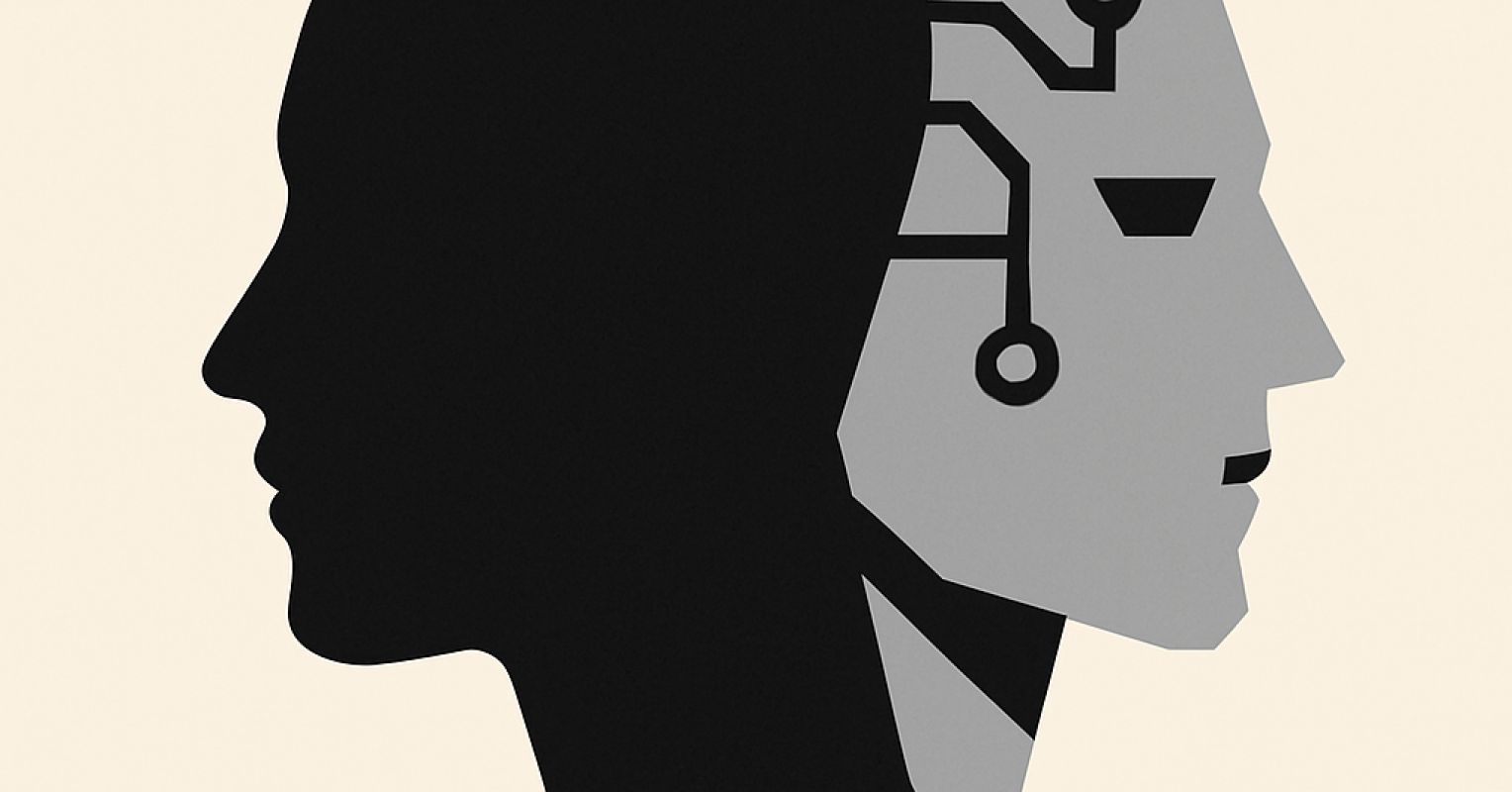Put on your philosopher’s hat; we’re going deep here. And I’ll bet you’ve probably seen and sensed it, too. Remember that artificial intelligence (AI)-generated crystal jelly cake that was so intricate it looked like something from another world. A machine churning out a mathematical proof that would take a human a lifetime to unravel. A song that gets stuck in your head. Or perhaps a short story that feels so natural that it becomes almost uncomfortably good.
At first, this is all delightful, if not magical. We marvel at how far these systems have come and how effortlessly they produce things that used to demand human skill, time, and effort. But then the thought, maybe better stated as “The Thought” inevitably occurs.
If AI can do this, too, what’s left that’s really ours?
For a long time, we’ve reassured ourselves that certain things, such as art, healing, and even empathy, were safely human. They weren’t just tasks; they were proof of something vital, if not sacred. But those boundaries are shifting fast as AI writes, paints, diagnoses, and even consoles with words that feel real enough to move someone. And in that quiet mimicry, it reveals something we may not find comfortable. (Adjust your philosopher hat now.)
Maybe the things we believed defined us were never truly ours to begin with.
Anti-Intelligence and Redefining the Task
I’ve called this dynamic anti-intelligence. Not as an insult, but as a way to name how alien these systems truly are. They perform thought-like patterns without the self that makes thought matter. There’s no memory, no continuity, no curiosity. They are stateless, high-dimensional engines of pattern.
But here’s the key insight and the part that unsettles me most. That machine, in its antithesis to human thinking, reveals something very human.
It shows us that the things we believed defined us—painting, healing, comforting—were never intrinsically human. They were only ours because no one else, “no thing” else, could do them. When AI can mimic the surface of these acts, it reveals this truth that we might now need to confront.
The Fragility of Human Exceptionalism
Across time, we’ve anchored our sense of humanity and uniqueness in the “sacred tasks” we believed only humans could do. In creating art and healing with empathy, we gave meaning to ourselves and to the world. These were the crown jewels of human exceptionalism and a defining element that separated us from mere tools. But AI’s quiet mimicry begins to dismantle that illusion. It shows that even our most revered acts may not be intrinsically ours, at least not anymore.
And yes, AI’s mimicry is not the same as the human act. It lacks intention, history, and the mortal awareness that makes our doing matter. But that’s exactly my point. By replicating the surface so convincingly, it reveals that the task itself was never what made it human.
The doing was never what made them human; it was the being and the lived intention behind them.
The Being Behind the Doing
So what is?
It isn’t the diagnosis. It’s the doctor’s quiet awareness that the news they deliver will impact more than just a single patient. It isn’t the painting. It’s the artist’s restless nights and moments of doubt as they try to capture something that can’t be said. It isn’t even the act of comforting but the knowing that your words carry a unique human weight.
AI can mimic the doing. It cannot mirror the why.
What makes an act human is not the output; it’s the being behind it. The fragile, finite awareness that feels the weight of its actions. The lived experience that knows every diagnosis, every song, every act of kindness is written against the backdrop of an ending.
That’s the one thing the machine can’t do. It can give us the brushstroke, but not the fragile hand that holds the brush.
Is Any Task Intrinsically Human?
This is the revelation that’s hardest to grasp and understand. It’s my working hypothesis that no task is intrinsically human. Not medicine. Not music. Not empathy. Not even the ability to create meaning.
Those things are human because of the life inside them. It’s the mortality, the intention, and the fragile sense of impermanence. Strip those away, and the task itself becomes hollow. It can be filled by anyone or anything that can approximate the pattern, often in exacting detail.
So maybe that’s the quiet and uncomfortable gift AI gives us. It takes away the comforting illusion that our humanity lives in what we do. By hollowing out the task, it forces us to look past the surface and see what was always there. That’s our humanity, presence, the being that makes the doing matter.
What Will We Hold on to?
The real question isn’t whether AI will replace us, and that’s the wrong frame entirely. The deeper question is whether we ever truly understood what made us human in the first place. When the machine shows that just about anything we do can be mimicked, it forces a destabilizing reckoning. Maybe this is the moment to stop defending the tasks and start reclaiming the being.
Perhaps the doing was never the point of being human at all.
Presence, Not Product
AI isn’t simply a tool. It feels to me like a philosophical shockwave. It doesn’t just blur the lines between human and machine; it forces us to redraw the lines inside ourselves. If nothing else, it reminds us that the essence of humanity isn’t in the product but the presence. The why, not the what.
In a time when the product is displayed as a surrogate to and for humanity, I wonder if the shiny metal object is nothing more than another digital distraction to the real thing.
